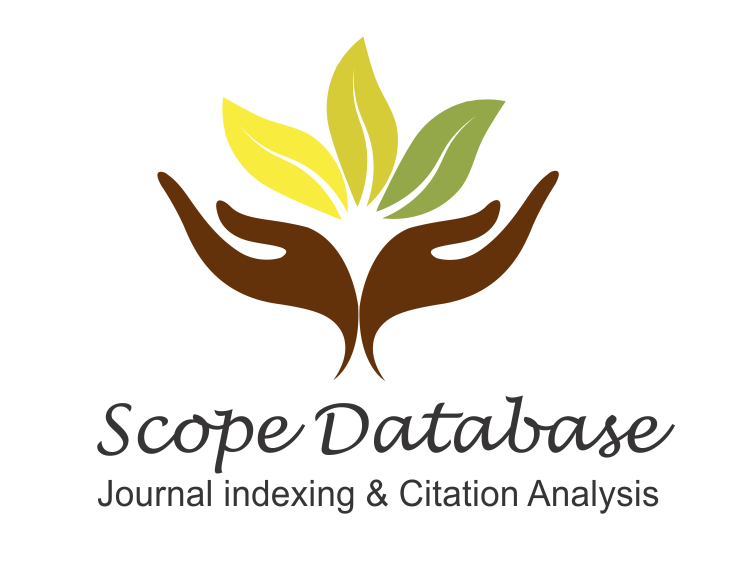Is macroscopic evaluation sufficient in sleeve gastrectomy specimens?
Serhat Doğan1, Bahadır Öndeş2, Cengiz Ceylan31Department of General Surgery, Kayseri Special Acibadem Hospital, Kayseri, Türkiye2Department of General Surgery, Turgut Ozal University, Malatya, Türkiye
3Department of Gastroenterology Surgery, Eskişehir City Hospital, Eskisehir, Türkiye
INTRODUCTION: The incidence of bariatric procedures is on the rise, primarily driven by the escalating prevalence of obesity. Among these procedures, laparoscopic sleeve gastrectomy (LSG) has gained significant popularity. However, ongoing debates persist regarding the necessity of microscopic examination of post-operative pathology specimens for certain benign conditions, including those related to bariatric surgery, due to financial concerns. In our retrospective study, we aimed to investigate the adequacy of macroscopic evaluation of pathology specimens obtained from patients who underwent bariatric surgery and to identify any unforeseen pathologies that may be detected through microscopic evaluation.
METHODS: Demographic and pathological data of patients who underwent surgical intervention for morbid obesity at our clinic from May 2017 to December 2021 were retrieved from the patient data-base. Following the macroscopic assessment of LSG specimens, the surgeon identified suspicious lesions, prompting further microscopic evaluation by pathologists. A p-value of less than 0.05 was considered statistically significant.
RESULTS: A total of 225 patients and corresponding specimens were included in the study. The majority of patients were female (82.2%). The median age of the patients was 36 (range: 1961) years, and the mean preoperative body mass index (BMI) was 42.6±4.21 kg/m². Macroscopic examinations revealed pathological suspicions in 21 cases (9.3%), and subsequent microscopic evaluations confirmed pathology in 20 of these cases (p<0.001). Notably, microscopic evaluation of all specimens identified pathology in 175 patients (77.8%).
DISCUSSION AND CONCLUSION: Based on our findings, we conclude that relying solely on macroscopic examination of LSG specimens is inadequate for detecting lesions. Therefore, we strongly advocate for the inclusion of microscopic evaluation, particularly due to its importance in detecting premalignant lesions. We recommend that microscopic assessment be routinely performed to ensure comprehensive pathological evaluation in LSG specimens.
Manuscript Language: English















